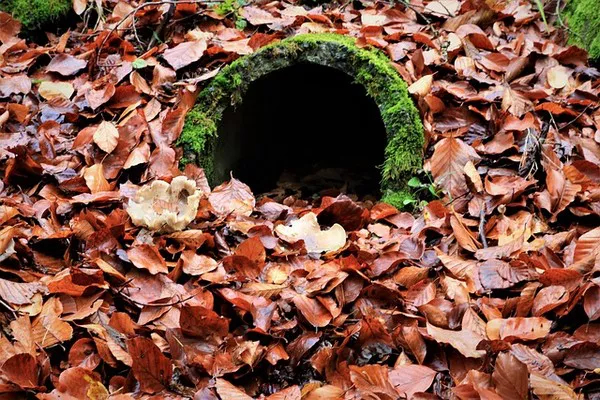Water is an indispensable resource for sustaining life, and ensuring its availability in a safe and clean form is crucial for public health. The journey of water from its source to our taps involves a meticulous and sophisticated process carried out at water treatment plants. In this article, we will explore what happens when water reaches a water treatment plant and the various steps involved in transforming raw water into a potable and safe supply for our communities.
Raw Water Intake
The journey begins with the collection of raw water from its source, which can be a river, lake, reservoir, or groundwater. Raw water is often contaminated with impurities such as sediment, organic matter, bacteria, and other pollutants. The initial step at a water treatment plant is the intake of this raw water, usually achieved through intake structures like pumps and screens that prevent larger debris from entering the treatment system.
Screening and Pre-treatment
Once the raw water is drawn into the plant, it undergoes a process called screening. Large objects like twigs, leaves, and debris are removed to prevent damage to equipment downstream. Following screening, pre-treatment processes are employed to further prepare the water for the primary treatment stages. Coagulation and flocculation are common pre-treatment steps where chemicals are added to the water to encourage the aggregation of small particles into larger, easily removable clumps.
Primary Treatment: Sedimentation
The pre-treated water then enters the primary treatment phase, which often involves sedimentation. During sedimentation, the water is allowed to sit in large settling tanks, allowing heavier particles to settle at the bottom. These settled solids, known as sludge, are later removed, leaving clearer water ready for the next stages of treatment.
Secondary Treatment: Biological Processes
After primary treatment, the water undergoes secondary treatment, primarily focused on removing dissolved and suspended organic matter. Biological processes are commonly employed, where microorganisms are introduced to break down and consume organic pollutants. Common secondary treatment methods include activated sludge processes, trickling filters, and lagoon systems.
Filtration
Following secondary treatment, the water undergoes filtration to remove any remaining particles and microorganisms. Filtration systems use layers of sand, gravel, and other media to trap impurities, ensuring that the water becomes clearer and safer. This step is vital for achieving high water quality standards.
Disinfection
To ensure the complete elimination of harmful bacteria, viruses, and other pathogens, water treatment plants implement disinfection processes. Chlorination, ultraviolet (UV) irradiation, and ozonation are common methods used for disinfection. These processes effectively kill or deactivate remaining microorganisms, providing a final layer of protection before the water enters the distribution system.
pH Adjustment and Chemical Addition
Maintaining the pH level of water is crucial for its taste, corrosion control, and the effectiveness of disinfection. Water treatment plants often adjust the pH using chemicals such as lime or soda ash. Additionally, other chemicals may be added to address specific concerns, such as corrosion inhibitors or stabilizers to enhance water quality throughout the distribution system.
Distribution
After undergoing a series of rigorous treatments, the water is ready for distribution to homes, businesses, and industries. The distribution system consists of an intricate network of pipes, pumps, and storage tanks that ensure a reliable supply of clean water to end-users. Monitoring and maintenance of this distribution system are essential to prevent contamination and ensure the continued delivery of safe drinking water.
See Also What Causes Sewer Smell In Basement
Conclusion
The journey of water through a water treatment plant is a complex and highly regulated process designed to safeguard public health by providing a reliable supply of clean and safe drinking water. From raw water intake to distribution, each step involves sophisticated technologies and meticulous procedures to remove impurities, contaminants, and pathogens. As we turn on our taps to access clean water, it is crucial to appreciate the intricate processes and the dedication of water treatment professionals who work tirelessly to ensure the availability of this vital resource. The commitment to water treatment not only protects public health but also contributes to the sustainable development and well-being of communities around the world.

